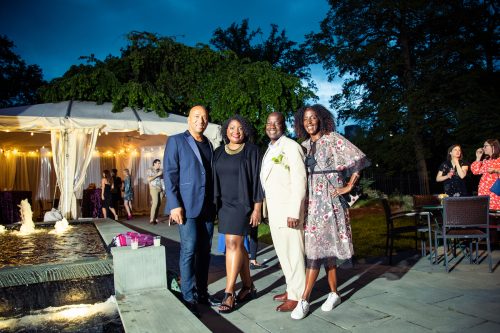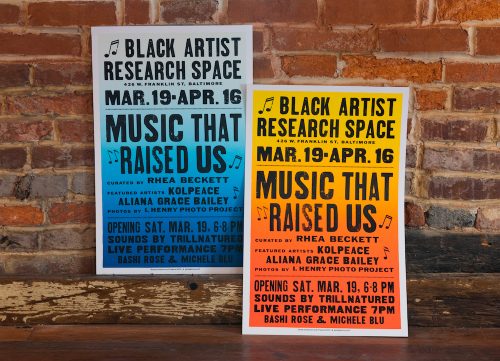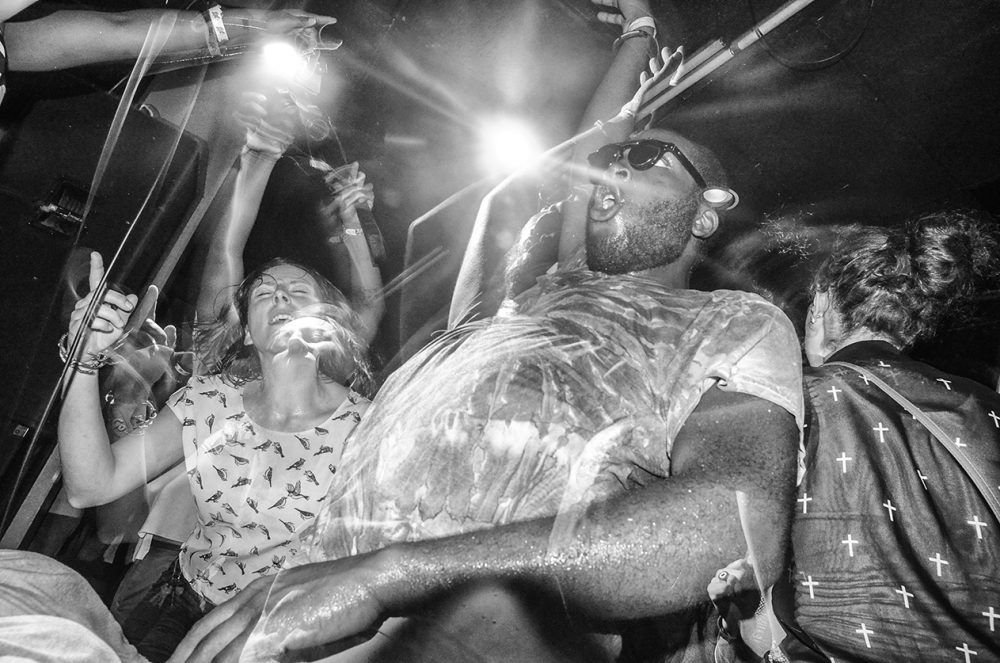Poet Wallace Lane reflects on growing up in the shadow of Preakness
by Wallace Lane
Published May 18 in Baltimore Banner
Excerpt: I grew up in Park Heights, home to the Preakness Stakes at Pimlico Race Course, but it wasn’t until my sophomore year, when I ventured with my college homies to undiscovered parts of the city, that I ever went to the horse racing event that draws tens of thousands each year.
Hard to imagine, especially since Park Heights has been my home for 20-plus years. To my surprise, I thoroughly enjoyed the day, especially the hype of the infield experience, with its live music and partying young people. But still, if I am to be completely honest, the guilt that suffocated me while leaving the infield fest was unbearable.
To party at Preakness is to be ignorant of the crime, death, poverty, broken homes, drugs, food deserts and urban decay that surround Pimlico Race Course. I have witnessed so much death and so many lifeless bodies close to Pimlico Race Track that at times it seems unreal that this national event televised across the country is held here.
Those boarded-up row homes that these national networks so often show are more than just images to me. That’s home.
National attention will be on Pimlico once again this weekend for the 147th Preakness Stakes, the first since COVID canceled fully attended live events. And once again, it will raise the age-old question Northwest Baltimore citizens have been asking for years: “What does Preakness really mean to and for (the real) Park Heights and its residents?”






